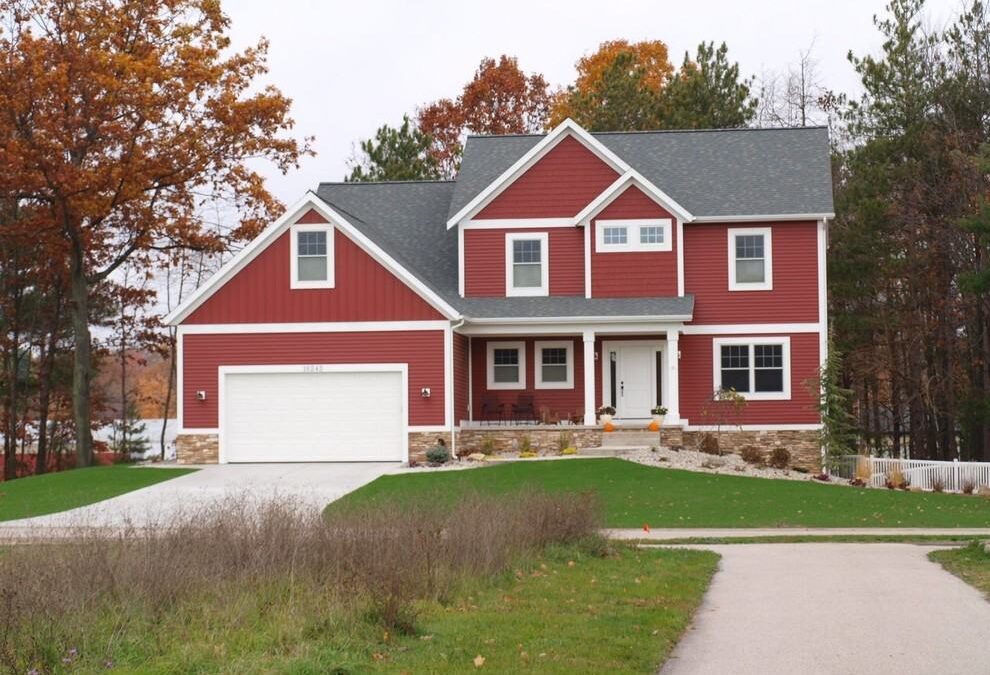How cold is too cold
Applying paint to your home’s exterior in the winter months
Here at Flora Brothers Painting, we love this time of year. While it might be sunny and warm in Southern Cal and a few other places in the country, temperatures are beginning to drop here in Indianapolis which means Colts football, chili and some great opportunities to get inside and help homeowners recreate their interiors with new paint schemes. But, just because there’s more to do inside these days, doesn’t mean it’s time to ignore the outside — at least not yet. In fact, it might come as a surprise that while a lot of outdoor–based activities are beginning to diminish, we’re still going strong and thanks to the advancements in exterior paint ingredients, applying paint to your home’s exterior in the winter months is more doable than ever.
Read on to learn more about why painting during the colder months is an option these days, and about what we do to ensure your home’s exterior paint job during the winter months is on par with any summer job: Here the top three things to consider when painting your home’s exterior in the winter months.
- Paint with the proper product
It’s true that painting your home’s exterior in the winter months used to be unheard of unless you lived in a consistently warm climate, like that aforementioned Southern Cal, but with current advancements to acrylic resins and other paint ingredients, it’s not uncommon to see working paint crews into October and sometimes even November. Nowadays, painting a home’s exterior can be done even with temperatures in the mid-thirties. So long as the nighttime temperature doesn’t drop below 35° F, we can paint your home with products specially prepared for low temperatures, such as Sherwin-Williams Emerald®, Duration®, SuperPaint® and A-100®. IMPORTANT: Make sure the paint you choose is recommended for the current air temperature over a 36-hour period.
- Paint during the warmest part of a cold day
The best time of day to apply paint to your home’s exterior in the winter months is during the warmest part of the day — especially if the sun is out. Conversely, in the summertime you want to avoid applying paint to surfaces that are directly exposed to sunlight and instead, save those areas for the morning or early evening hours. During the colder months, however, it’s best to try and follow the sun as it helps cure paint to the surface. And bear in mind that wood will be warmer than aluminum siding so it’s vital to consider the type of surface being painted as well. IMPORTANT: Do not apply paint when the surface area is below the minimum recommended range.
- Paint when temperatures don’t fluctuate too greatly
If temperatures drop too quickly at night, the chance for dew to form on the exterior rises — which can be problematic if it soaks into uncured paint. Ideally, the outdoor temperature range shouldn’t be so big that moisture develops on the surface. Too much moisture on an uncured surface can lead to potential staining and even adhesion problems. IMPORTANT: If the temperature range is going to be significant, consider using a paint with MoistureGuard™ technology; it helps paint cultivate moisture resistance in two hours instead of the typical four.
In summary, though you might see far more paint crews out and about around Indianapolis in the summer months, painting your home’s exterior in the winter can be done — especially if you take precaution, understand your environment and rely on the experts at Flora Brothers Painting to guide you through the process.

